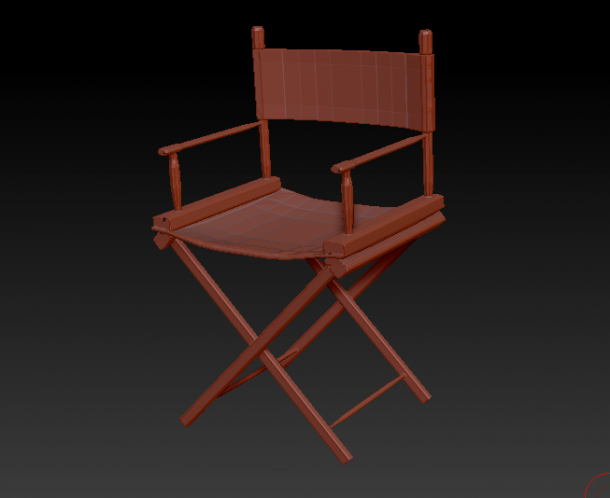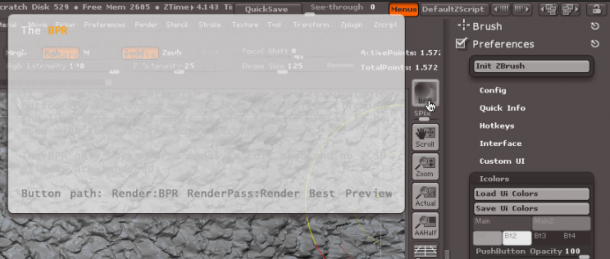I’m configuring a new Mac Mini 2012 specifically for all my 3D ventures this year. As such I’m installing all my favourite (and annoying) 3D apps fresh from scratch. Being a futuristic kind of guy I’m using “the best operating system ever” (yeah, right!) OS X Yosemite.
Over the last 7 years I’ve installed Carrara more times than I can count and in every version of OS X and Windows that I can remember, and it’s never given me any trouble – neither when installed manually or via the DAZ Install Manager.
Until today, when I’ve received the following message in OS X Yosemite: “The application cannot get the administrator access right”. Thank you, Yosemite!
What does that even mean? I thought my user account HAS admin privileges.
Turns out they’re just not administrative enough. The solution to this awkward puzzle is to login as root for the initial launch of Carrara. Which leads us to the next adventure:
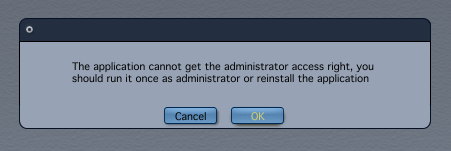
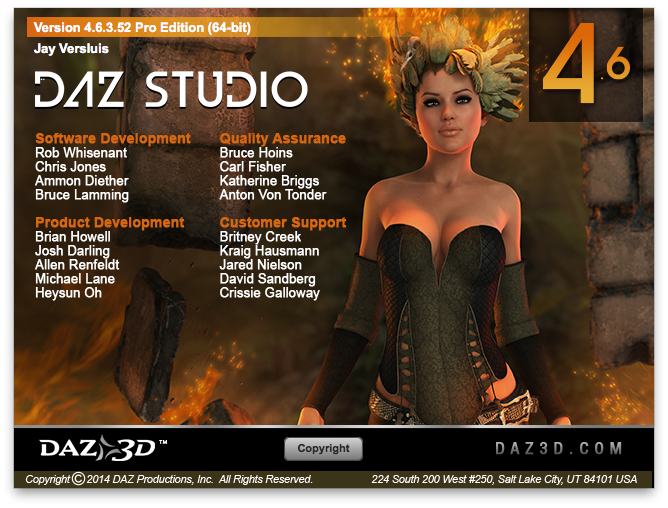
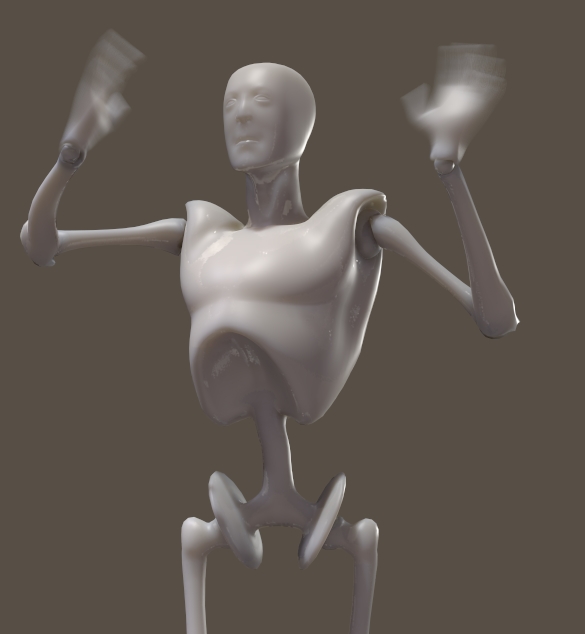
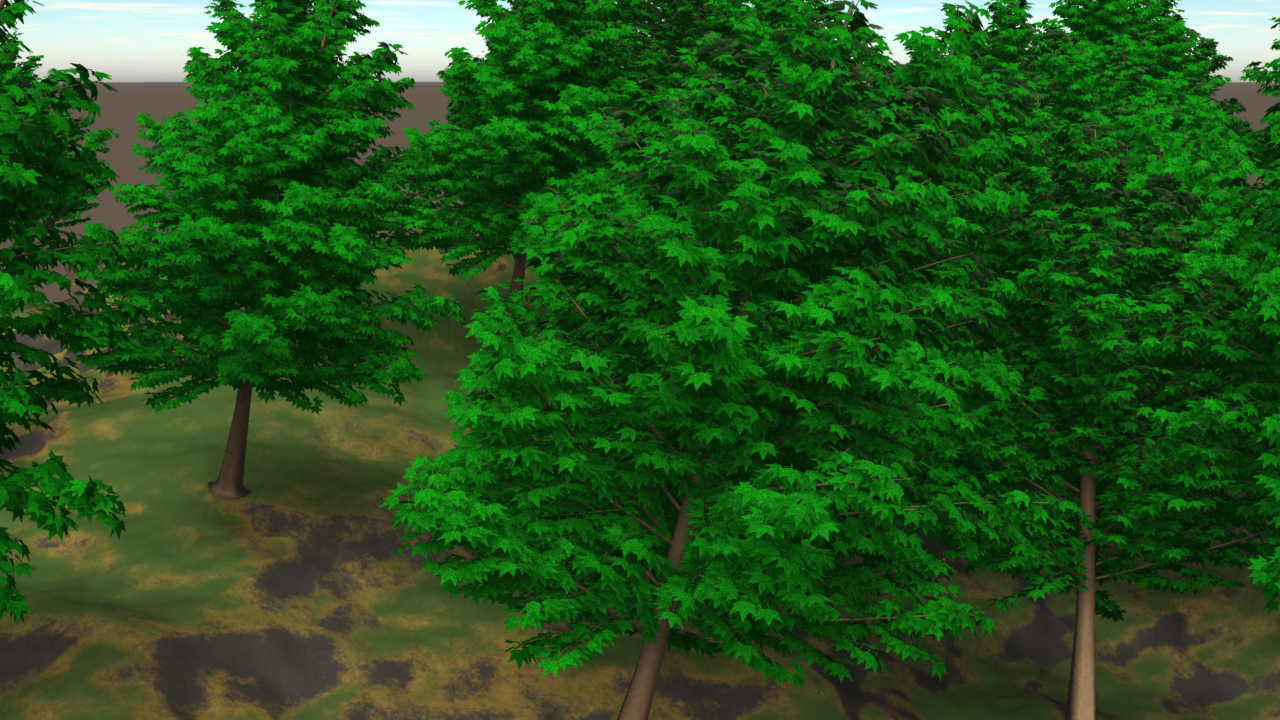
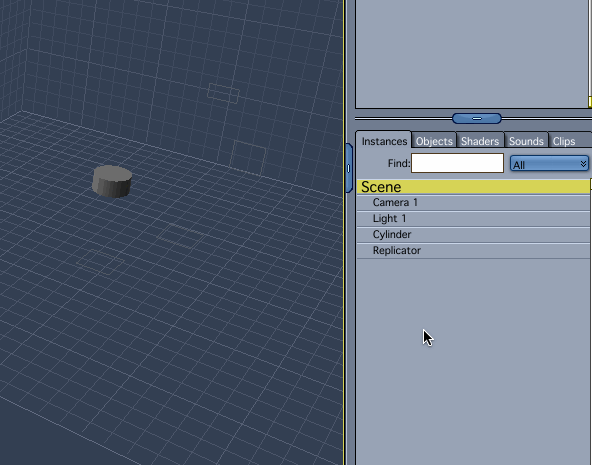
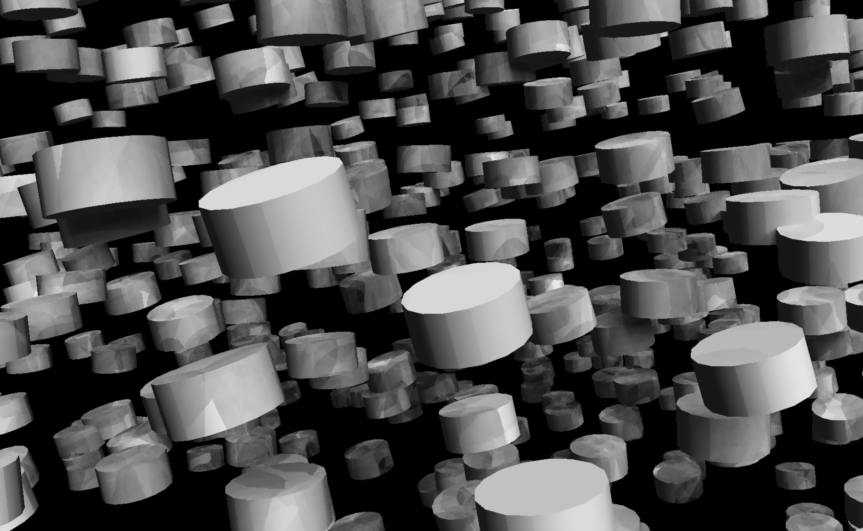
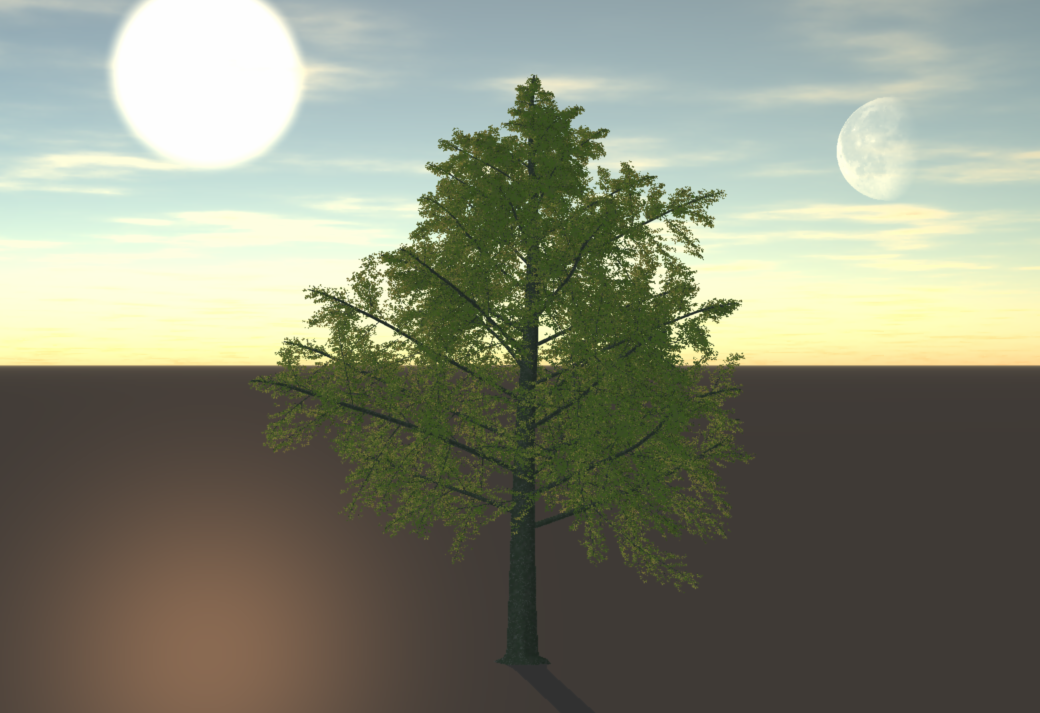
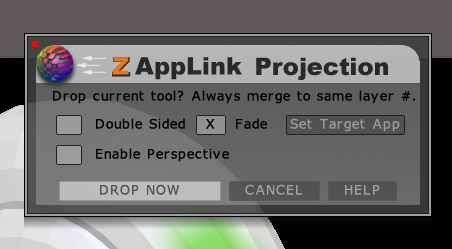 ZAppLink is a ZBrush feature that allows you to use 2D painting tools to paint the texture on a 3D object, as it’s seen in the workspace. Rather than exporting, editing and re-importing textures, drawing on awkwardly layed out UVs, or solely relying on 3D painting tools, you can simply frame your object and draw on it – with anything that supports the PSD file format.
ZAppLink is a ZBrush feature that allows you to use 2D painting tools to paint the texture on a 3D object, as it’s seen in the workspace. Rather than exporting, editing and re-importing textures, drawing on awkwardly layed out UVs, or solely relying on 3D painting tools, you can simply frame your object and draw on it – with anything that supports the PSD file format.